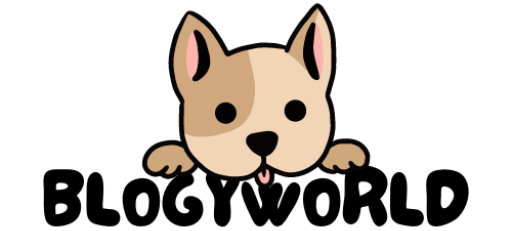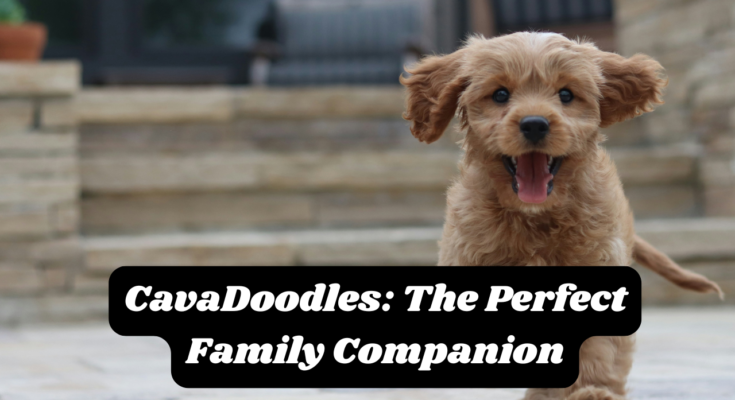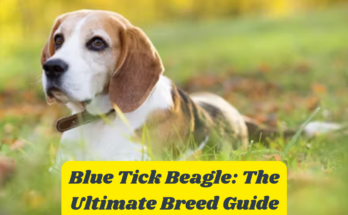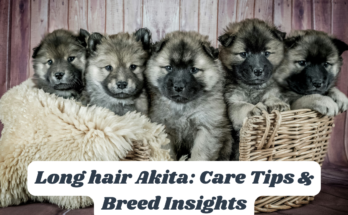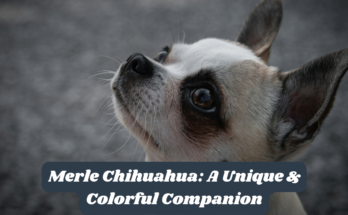The CavaDoodles is a combination of a Cavalier King Charles Spaniel, Poodle, and a dash of Labrador Retriever. Maple Hill Doodles is one of a select few breeders in the U.S who breed CavaDoodles. A CavaDoodle will bear a resemblance to an Australian Labradoodle (different from a simple Labradoodle) in size and general appearance. They are loyal and loving, a small to medium size dog, with little shedding, and allergy friendly.
Cavadoodles come in numerous coat colours:
- Black and white
- Black and tan
- Black
- Chestnut
- Ruby
- Red
- Gold
- Chocolate
- Tricolour
Cavadoodle Breed Pros and Cons:
Cavadoodle Pros:
The pros of Cavoodles include:
- Higher life expectancy
- High intelligence
- Lower shed
- Sociability
- Easy training
- Mild temperament
- Adaptability
Cavadoodle Cons:
Although Cavadoodles have abundantly of advantages, the breed also originates with specific cons:
- Exercise is compulsory
- Sensitive to noise
- Can’t bear high heat
- Impossible to register with kennel clubs
- Need regular grooming
Origin and History of cavadoodle:
The Cavadoodle, also known as the Cavapoo or Cavoodle, is a comparatively new breed, having been technologically advanced over the last few decades. This hybrid was first breed in Australia in the late 1990s, with the goal of making a dog that combined the gentle and loving nature of the Cavadoodles with the intelligence and hypoallergenic coat of the Poodle. The Cavadoodles one of the parent breeds, is a descendant of the toy spaniels seen in many 16th, 17th, and 18th-century European paintings. This breed was favored by royalty and nobility for its elegant appearance and amiable temperament.
Breed Characteristics and Appearance of Cavadoodles:
Cavadoodles characteristically inherit the soft, wavy to curly coat of the Poodle, which is often low-shedding and hypoallergenic, making them a suitable choice for allergy sufferers. The breed’s size can vary, first and foremost contingent on whether the Poodle parent was a toy or miniature diversity, foremost to Cavadoodles that range from small to medium size. These dogs often have the sweet, communicative face of the Cavalier, with large, soulful eyes and a soft, engaging expression.
Personality Traits of Cavadoodles:
The Cavadoodle is known for its demonstrative and friendly temperament. They are social dogs that flourish on interaction with humans and other pets. This breed is predominantly known for its gentle nature, production them exceptional companions for children. They are every so often eager to please, which coupled with their astuteness inherited from the Poodle side, makes them relatively easy to train. These dogs are compliant and can do well in numerous living environments, from apartments to larger homes with yards. Nevertheless, they do require regular exercise and mental stimulation to hang onto them happy and healthy. Their sociable nature means they don’t like being left unaccompanied for long periods, manufacture them well-suited to households where they can like plenty of company and dealings.
Cavadoodle’s Genetic Makeup:
The attraction of the Cavadoodle dishonesties in its unique genetic greasepaint, a harmonious intermingling of two esteemed breeds: the Cavalier King Charles Spaniel and the Poodle. This combination brings together an amusing tapestry of traits, offering a balance of both physical and temperamental characteristics that make the CavaDoodle a truly distinctive breed. Let’s explore the individual charities of each parent breed and how they donate to the ‘hybrid vigor’ advantage seen in Cavadoodles.
Cavadoodles Traits:
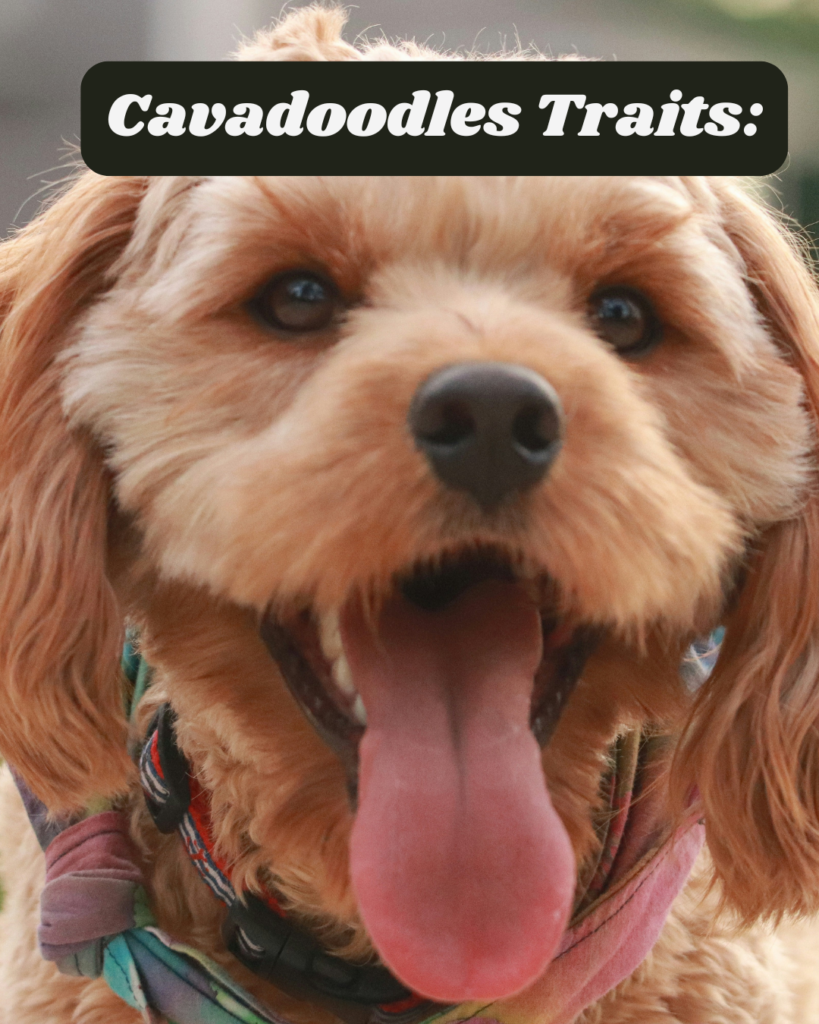
The Cavalier King Charles Spaniel, known for its magnificent so far amicable demeanor, contributes significantly to the Cavadoodle’s genetic pool. Key traits include:
Temperament: Cavadoodles are famous for their demonstrative and friendly nature. They are extremely sociable and form strong bonds with their families, manufacture them excellent companions.
Appearance: This breed’s elegant, slightly wavy coat, and soulful, expressive eyes often manifest in their Cavadoodle offspring. They also bring the characteristic floppy ears and a gentle facial expression to the mix.
Size and Build: Cavadoodles are small to medium-sized dogs with a well-proportioned build, which influences the size and stature of the Cavadoodle.
Health Considerations: While Cavadoodles are generally healthy, they are predisposed to convinced genetic conditions like heart problems and syringomyelia. These aspects are crucial to consider in Cavadoodle breeding.
Cavadoodle Health and Wellness:
Cavadoodles, comparable all breeds, have precise health and wellness needs. Understanding these requirements is vital for any potential or current owner. This section protections the common health problems, lifespan and health maintenance line of attack, and diet and nutrition essentials for Cavadoodles.
Common Health Issues:
While the Cavadoodle welfares from hybrid vigor, they possibly will still be prone to positive health concerns, often inherited from their parent breeds. Communal health concerns comprise:
Ear Infections: In line for to their floppy ears, Cavadoodles are vulnerable to ear infections. Regular cleaning and monitoring are indispensable.
Hip Dysplasia: This condition, more common in medium to large dogs, can take place in Cavadoodles, particularly those with a larger Poodle parent.
Eye Problems: Both parent breeds are prone to various eye conditions, such as progressive retinal atrophy, which can be inherited by Cavadoodles.
Heart Conditions: The Cavalier King Charles Spaniel’s predisposition to heart issues like mitral valve disease can be an anxiety in Cavadoodles.
Skin Allergies: They possibly will inherit the Poodle’s sensitive skin, most important to allergies and dermatitis.
Lifespan and Health Maintenance of cavadoodles:
Cavadoodles typically appreciate a lifespan of around 10 to 15 years. Continuing their health involves:
Regular Veterinary Check-ups: Monotonous vet visits are crucial for premature detection and management of health matters.
Vaccinations and Parasite Control: Possession up with vaccinations and preemptive treatments for parasites is vital for their overall health.
Dental Care: Consistent dental check-ups and teeth cleaning can avoid dental diseases.
Exercise: Adequate physical activity is indispensable for continuing a healthy weight and preventing joint and heart problems.
Mental Stimulation: Mental health is just as significant as physical health. Cavadoodles thrive on communicating play and mental encounters.
Diet and Nutrition Necessities for Cavadoodles:
A balanced diet is crucial for the health and wellbeing of a Cavadoodle. Considerations include:
Age-Appropriate Diet: Puppies, adults, and senior dogs have different nutritional needs. Feed them according to their life stage.
High-Quality Dog Food: Select a high-quality dog food that meets all the nutritional requirements. Look for foods with real, whole-food ingredients.
Proper Portion Control: Overfeeding can lead to obesity. It’s indispensable to keep an eye on portion guidelines and adjust as required based on activity level.
Special Dietary Needs: Be aware of any special dietary needs or allergies Cavadoodle might have.
Regular Weight Checks: Keeping an eye on their weight assistances in adjusting their diet and exercise regime to prevent obesity and correlated health subjects.
Caring for Cavadoodle:
Cavadoodle comes with the accountability of guaranteeing their well-being through proper care. This section focuses on the specific grooming wants, exercise requirements, and instructions for generating a comfortable living environment for Cavadoodle.
Grooming Needs and Tips of Cavadoodles:
Cavadoodles frequently inherit the Poodle’s hypoallergenic coat, which needs regular grooming:
Brushing: Daily or at least numerous times a week to avoid mats and tangles.
Bathing: Every 3-4 weeks, or as required, using a gentle dog shampoo.
Hair Trimming: Every 6-8 weeks, particularly around the eyes, ears, and paws to preserve their coat and avoid overgrowth that could grounds discomfort.
Ear Care: Regular cleaning to avoid wax build-up and ear infections.
Nail Trimming: Monthly nail trimming to circumvent overgrowth that can principal to discomfort and mobility problems.
Dental Hygiene: Regular teeth brushing with dog-specific toothpaste to preserve dental health.
Exercise Requirements of Cavadoodles:
Cavadoodles are an energetic and playful breed that have need of regular exercise:
Daily Walks: At least 30 minutes to an hour of walking each day is recommended.
Playtime: Interactive play sessions, including fetch and tug-of-war, provide mental stimulation and physical exercise.
Mental Stimulation: Puzzle toys and training exercises to keep their mind engaged and prevent boredom.
Age-Appropriate Exercise: Regulate the intensity and duration of exercise conferring to their age and health status.
Regular exercise is crucial for maintaining a healthy weight, avoiding behavioral issues, and protection Cavadoodle happy and healthy.
Comfortable Living Environment for Cavadoodles:
A comfortable and safe living environment is indispensable for Cavadoodle’s well-being:
Safe Space: Arrange for a comfortable bed or crate in a quiet area where they can retreat and rest.
Temperature Control: Make sure home is at a comfortable temperature, as Cavadoodles can be sensitive to extreme heat or cold.
Access to Fresh Water: Continuously have fresh water available.
Toys and Entertainment: Proposal a diversity of toys to keep them keep amused and engaged.
Routine and Structure: Keep up a consistent routine for nourishing, walks, and bedtime to arrange for a sense of security.
Social Interaction: Steady social interaction with humans and other pets to fulfill their essential for companionship.
Training and Socializing Cavadoodle:
Proper training and socialization are critical aspects of defiance of gravity a well-behaved and sociable Cavadoodle. This section explores the essentials of basic training, effective socialization techniques, and strategies for give a lecture social challenges.
Basic Training Essentials of cavadoodle:
Start Early: Begin training Cavadoodle as soon as you bring them home. Puppies are more receptive to learning new behaviors.
Positive Reinforcement: Use treats, praise, and affection to reward Cavadoodle for good behavior. This method reinforces desired behaviors more efficiently than punishment.
Consistency is Key: Be consistent with commands and routines. This assistances dog understand what is predictable of them.
Basic Commands: Focus on basic commands such as ‘sit’, ‘stay’, ‘come’, ‘down’, and ‘heel’. These are foundational for good behavior.
Leash Training: Teach them to walk calmly on a leash without pulling. This makes walks enjoyable for both of you.
Potty Training: Establish a consistent routine and designated area for bathroom breaks.
Crate Training: A crate can be a safe haven for dog and is an invaluable tool for potty training and avoiding unhelpful behavior when you’re not around.
Patience and Persistence: Training takes time and patience. Be insistent and maintain a positive attitude all over the training progression.
Training and Socializing Cavadoodle:
Socialization Techniques:
Early Socialization: Expose Cavadoodle to different people, pets, environments, and experiences early on. This assistances them become well-adjusted and fewer horrible in numerous situations.
Controlled Exposure: Introduce new experiences gradually and in a controlled manner to avoid overwhelming them.
Playdates: Assemble playdates with other dogs. This assistances in emerging their social skills.
Training Classes: Puppy training classes are a great technique to socialize dog while also teaching them basic commands.
Positive Experiences: Ensure that socialization experiences are positive. Use treats and praises to subordinate new experiences with positive outcomes.
Regular Interaction: Regularly interacting with family members and other pets at home assistances in building their social skills.
